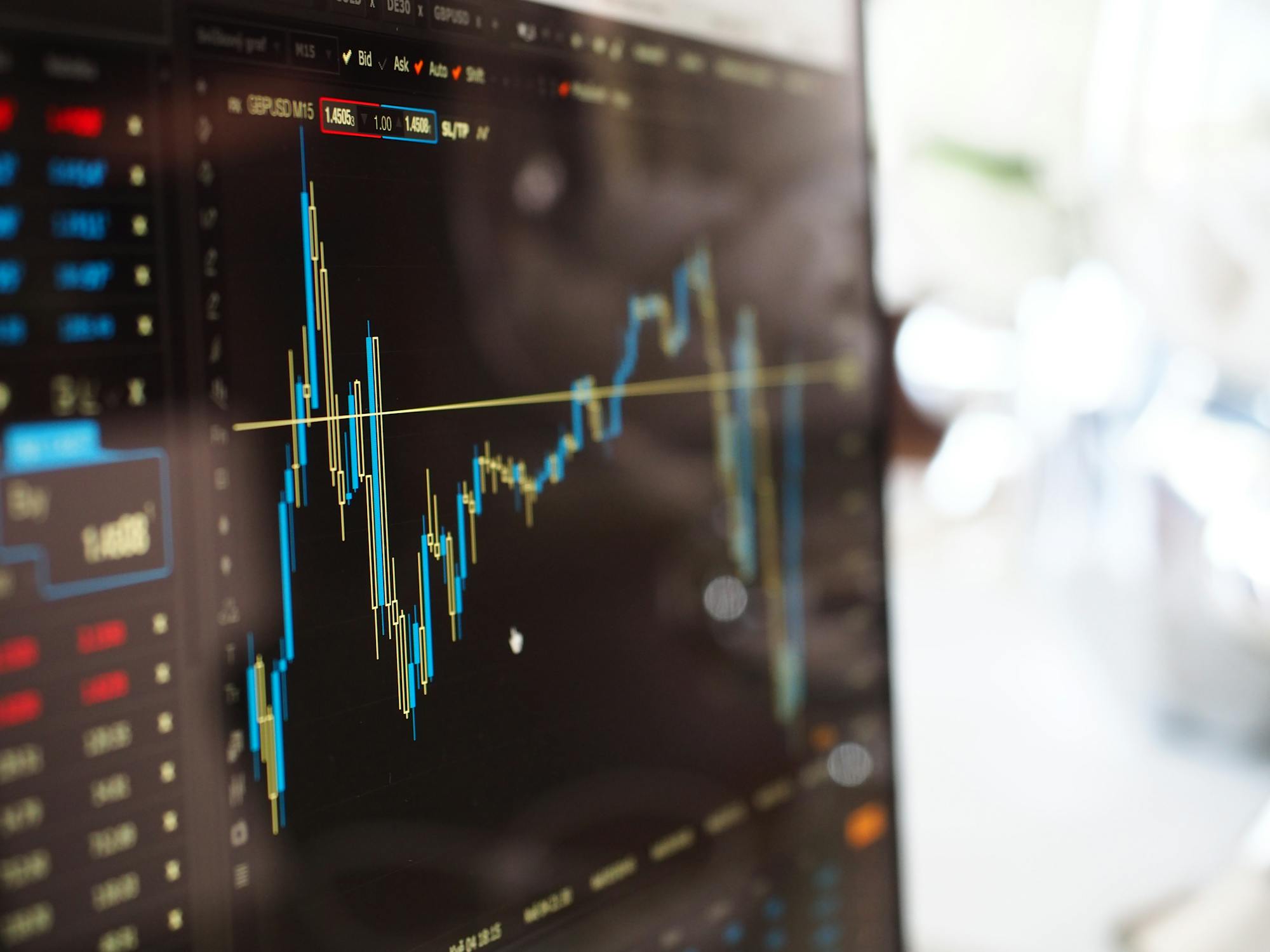- by Zlata Seregina Akkaoui
- Jun 08, 2025
7 AI and Data Tech Trends That Will Define the Rest of 2025
- By Zlata Seregina Akkaoui
- Sep Fri, 2025
- in Data

AI and data analytics are reshaping industries at a breakneck pace. By 2025, AI and machine learning (ML) will underlie almost every data-driven decision. Companies are already investing in new platforms that blend AI, cloud, edge computing and natural language tools to turn raw data into action. Below are seven big trends that non-experts should know about – each illustrated with a real-world example.
1. Workplace AI Assistants and "Agentic" Generative AI
Workplace AI – programs like ChatGPT that create text, images or code – is leaving the laboratory and entering the workplace. Industry researchers predict a surge in AI "agents" that will carry out specific tasks independently. For example, an AI assistant might one day handle tasks such as drafting routine emails, booking travel, or summarizing reports. In practice, large companies are already testing this: Goldman Sachs found that developers using AI coding assistants reported about 20% higher productivity. In other words, ChatGPT-like tools are helping workers get routine tasks done faster. Of course, humans still need to check the AI’s work for mistakes, but firms are betting that smart assistants will soon be a normal part of the workflow.
2. On-Device and Edge AI
AI is escaping the cloud and coming onto devices themselves. Smartphones and gadgets today tend to come with small "neural" chips dedicated just for AI. Apple's A-series, for instance, and Google's Tensor chips are designed to execute AI tasks on devices locally. That is, your phone can translate speech, annotate images, or filter spam without uploading data to remote servers. Companies are also utilizing local devices to process data more quickly. In factories or cars, sensors crunch numbers on-site (the “edge”) rather than waiting for a round-trip to the cloud. In fact, IDC research predicts that by 2025 roughly 75% of enterprise data will be processed at the edge – up from only 10% today. One vivid example: a Tesla car generates about 1 terabyte of data per day and processes its safety-critical information immediately onboard. Through the processing of sensor data in real-time, edge AI can react within milliseconds – crucial for autonomous features, industrial automation, and smart cameras.
3. Real-Time Streaming Analytics
Linked closely with edge AI is the impetus for real-time processing of data. No more hours spent waiting for batch reports, companies want immediate insights to respond rapidly. Retailers, for example, employ real-time analytics to reallocate pricing or inventory on the fly. Walmart's computerized stock system tracks sales and supply data in real time and has lowered out-of-stocks by 45%. Banks utilize real-time fraud detection, and social networks handle click and trending data in real time second-by-second. Enabling this are new technologies like Apache Kafka and streaming services based in the cloud (e.g. Amazon Kinesis) that consume and analyze data as it arrives. In a data-soaked world (think IoT devices, online transactions, sensors), being able to catch trends the moment they appear is a big competitive edge.
4. Conversational Analytics and LLMs for Data
Image: Analysts can now "speak" to data using AI. With large language models like GPT-4 that understand plain English, you can ask questions instead of writing complex code. In practice, this means the analyst can type "Compare sales last quarter by region" and the AI will run the numbers and explain the result in words. This is exemplified by one of the AI start-ups, which allows a user to fire data questions in natural language and get intelligent answers without having to write tedious SQL queries. In effect, LLMs are bridging the gap between human language and data tables. Rather than staring at endless spreadsheets, business teams can get insights by simply chatting with their data. This conversational approach is already catching on in analytics platforms, letting non-experts explore data more easily.
5. Democratized Analytics and Augmented BI
Along with new AI tools, companies are making data easier for everyone to use. This “data democratization” trend means that even non-technical staff can get insights. Modern business intelligence (BI) tools now have “augmented analytics” features: they automatically prepare data, suggest visualizations, and highlight trends using AI. In practice, this could look like an interactive dashboard that updates itself or a drag-and-drop interface that non-programmers can use. For example, some platforms automatically turn raw spreadsheets into charts and call out anomalies, so a marketing manager or teacher can get answers without writing code. By embedding smart assistants into analytics tools, companies are dismantling silos – allowing sales reps, instructors, or anyone else to become their own data sleuth.
6. Responsible AI and Data Governance
With AI becoming more mighty, businesses are also asking more challenging questions on ethics, fairness and accountability. There's a large momentum for regulation and compliance to keep AI in check. Businesses are forming AI ethics committees and issuing official policies to ensure that systems are fair and transparent. For example, Google has published its own AI Principles, establishing parameters for avoiding both biased or harmful AI. And industry groups and governments are writing regulations—like the EU's still-awaited AI Act—for things such as review by humans or impact assessments. The goal is that by 2025, using AI responsibly will be a standard part of IT strategy. In short, trust and governance are trending: experts emphasize that AI projects should include checks for bias, clear explainability, and human oversight.Organizations that invest now in these guardrails will be better positioned when regulations inevitably tighten.
7. Data Privacy and Security
Finally, privacy and security remain front and center. To the extent that firms collect more data (and feed it into AI), they have to protect user privacy and prevent breaches. New laws, such as GDPR and state privacy rules, are forcing firms to sharpen their data practices. In practical terms, this means things like anonymizing or tokenizing personal data so identities aren’t exposed, encrypting data both in storage and transit, and adopting a strict “zero trust” model (where every data request is verified). More on-device analytics in 2025 and beyond, designed with privacy in mind, such as keeping sensitive data local, or even adding safe noise to datasets through techniques like differential privacy. In a nutshell, robust data handling is no longer a choice: companies that demonstrate strong security and privacy protections will stand out in a world where consumers and regulators demand it.


